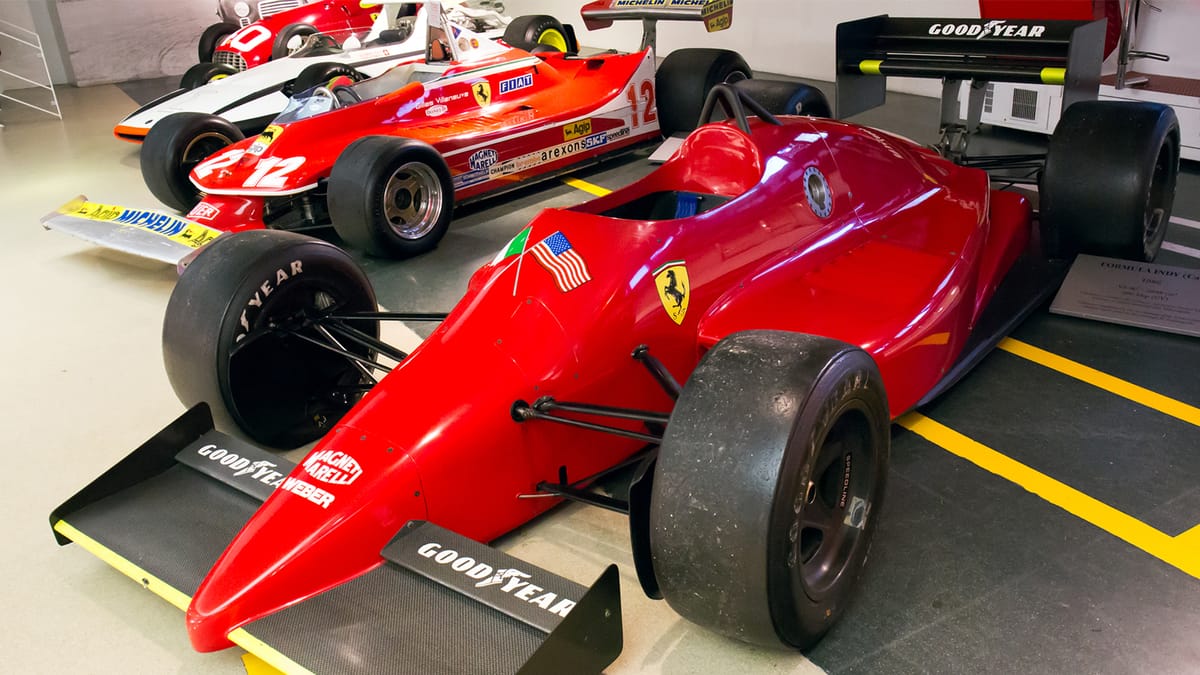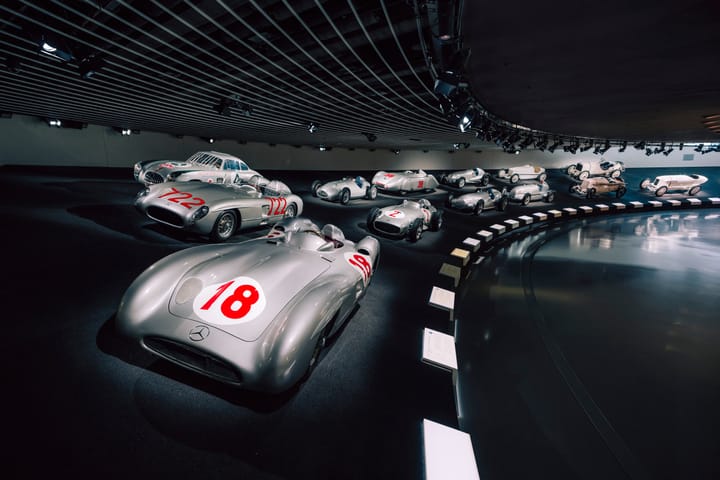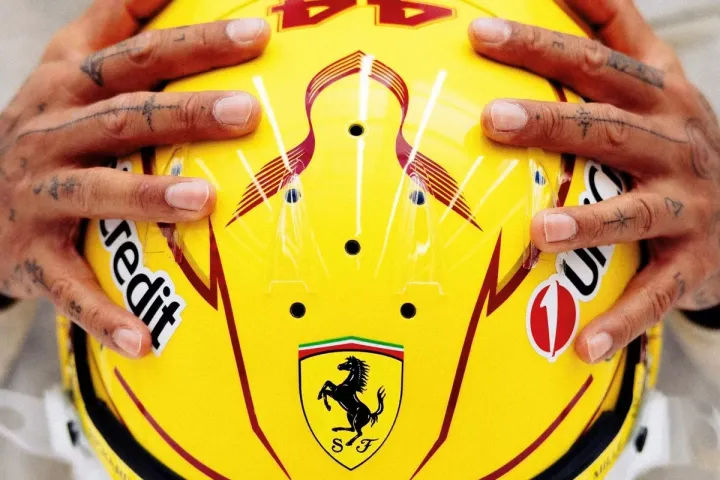Ferrari to INDYCAR Makes No Sense

Back in the 1980s, Ferrari built a prototype Indy racer called the 637 and threatened to leave Formula One.
Now it’s happening again with various stories doing the rounds about Ferrari racing in IndyCar in the future.
These should be treated with great caution but, as the stories come from Ferrari itself, they should not be disregarded completely.
The days when the late Enzo Ferrari would bluster and badger F1 to get his way are long in the past, and the 637 never did race, but the new move is clearly a new attempt to force F1 to bend to Ferrari’s will – although Liberty Media boss Chase Carey is smart enough to understand that the US series makes no sense at all for Ferrari in the overall scheme of things.
To put the story into perspective, Ferrari does not need to advertise despite having one of the world’s most valuable brands.
Its Formula 1 program is its way of marketing its road cars and so, while Ferrari IndyCars might sound a fine idea, one must consider what it would cost the company to make such a switch.
Not long ago Antonello Coletta, who is the head of Ferrari’s GT department, told various media that the new LMDh sports car platform being developed for Le Mans could be an attractive option for the company. He added that Ferrari always prefers to build its own chassis in order to create a direct link with the firm’s road cars.
In the past Ferrari has raced prototype sports cars and racing versions of its GT road cars, but has avoided any series where there is a standard chassis.
This means that the only real option for the company at the moment, outside F1, is the Le Mans Hypercar class because LMDh.
So it would be a huge shift in philosophy for Ferrari to stick an engine in the back of a Dallara IndyCar.
IndyCar, which is now controlled by Roger Penske, could theoretically allow more than a single chassis manufacturer but there would likely be huge opposition to the idea from teams which want to keep their budgets down.
Even so, the arrival of Ferrari could allow IndyCar to get its much-vaunted third engine supplier, alongside Honda and Chevrolet.
The IndyCar talk is, from an F1 perspective, not good.
Rival teams are less than impressed when Ferrari uses such threatening tactics and one often hears them say that if the Italian team wants to leave F1, it should go, knowing that it will not happen.
The US market is important to Ferrari, but the market penetration of the IndyCar championship is not very impressive, apart from the Indy 500.
Having Ferrari might help but it is a very long-term project to try to overhaul the pull of F1.
So, in short, a Ferrari IndyCar program makes very little sense.
Despite that, one should not over-state the importance of the US market to Ferrari.
The company built 10,131 cars last year and delivered 2900 of those to the Americas.
Ferrari does not reveal its numbers for the United States, so that total includes sales in Canada, Mexico, the Caribbean, Central and South America. The Americas accounted for 28.6 percent last year of sales, but this has dropped from 32.4 percent in 2018 and 33.5 percent in 2017.
The US market probably makes up less than a quarter of all Ferrari’s sales.
The implied threat from Maranello this year is much the same as happened in the past.
F1 understands that Ferrari has a value but, by the same token, that value does not give it carte blanche and Ferrari leaving F1 would likely do the firm more harm than good.
IndyCar does not have anything like the same cachet as F1 and, while some like to think it might happen one day, there is no sign that this is based on anything realistic.
The most important market to any car company these days is China and the US, particularly in a deep recession, is of less value.
People on the street in Hangzhou wouldn’t know anything about IndyCars – and probably wouldn’t much care either, so it’s hard to imagine Ferrari’s racetrack supporters would support any potential shift in focus from F1.




